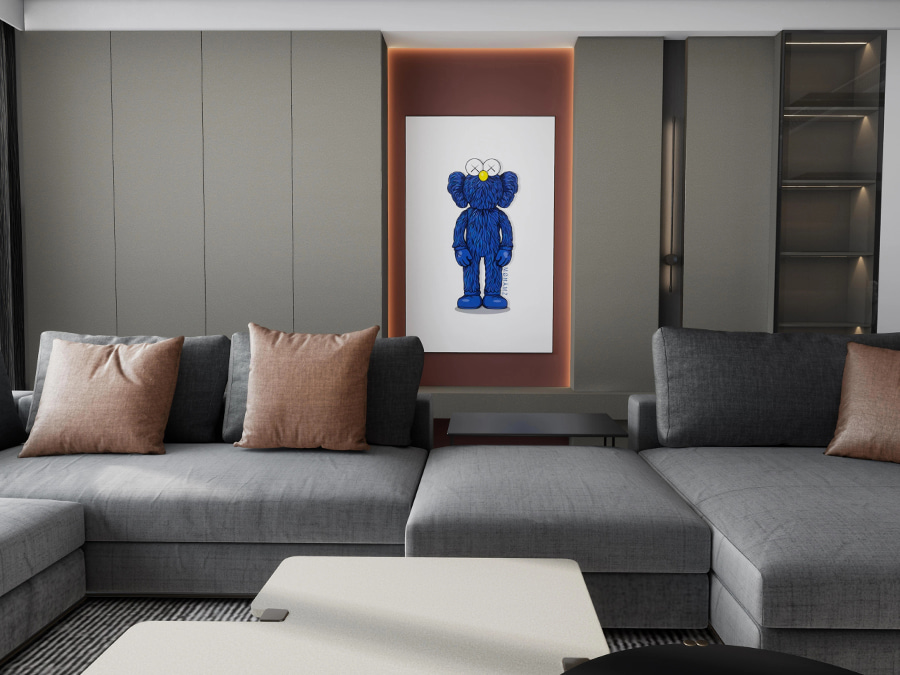In the world of interior design and furniture manufacturing, durability is a non-negotiable attribute. Enter 3D Finish Foil, a versatile material celebrated for its aesthetic appeal and functional prowess.
Unraveling the Core Attributes
Defining 3D Finish Foil:
3D Finish Foil represents a pinnacle of innovation in surface finishing technology. Unlike traditional laminates or foils, it boasts a three-dimensional texture that not only enhances visual appeal but also adds depth to any surface it adorns.
The Promise of Durability:
At the heart of the debate lies the material's capacity to withstand the rigors of everyday use. Scratch and abrasion resistance are not merely desirable qualities but essential markers of longevity in furniture and interior applications.
The Battle Against Scratches
The Defensive Coating:
Central to 3D Finish Foil's resilience is its protective coating, often resin-based. This shield fortifies the surface, offering a formidable barrier against the incursions of scratches inflicted by daily interactions.

Comparing Against Traditional Materials:
In the perennial clash of materials, 3D Finish Foil emerges as a stalwart defender. Unlike its predecessors such as wood veneers or painted surfaces, it presents a formidable resistance to scratches, ensuring longevity without compromising on aesthetic allure.
Navigating the Terrain of Abrasion
Endurance in High-Traffic Areas:
The true test of any surface lies in its capacity to endure the relentless march of time and human traffic. 3D Finish Foil, engineered with durability in mind, braves the onslaught of abrasion with a steadfast resolve, making it an ideal candidate for high-traffic areas.
The Role of Structural Integrity:
Beyond its outer facade, the structural integrity of 3D Finish Foil plays a pivotal role in its resilience against abrasion. The quality of the substrate, coupled with the thickness of the foil, forms a formidable defense against wear and tear, ensuring that the material retains its pristine allure for years to come.


 English
English русский
русский











